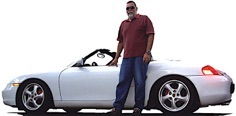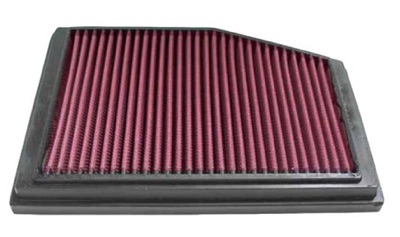
Then there are the reusable (oil-impregnated-gauze) filters which claim to let more air through yet trap more dirt because of the oil. The dirt part may be marginally true, but no more air will be sucked through because of what we explained before.
But there is also the oil issue.
The majority of these filters will
let tiny oil droplets get pulled
from the filter and into the air
stream going into the engine.
This air must first pass by
the Mass Airflow Sensor
(MAF) which measures
the amount of air flowing
in so that the computer (ECU) can add the correct amount of gasoline. But oil deposits on the MAF’s hot wire will foul the measurement and foul the MAF which is not inexpensive. Stay away from these.
Finally there’s the Cold Air Intakes that also advertise more HP. If you look at your Porsche and follow the path of the air going into the engine you’ll see that it is cold air path, or at least ambient temperature air because it doesn’t dwell in the engine compartment. Modern Porsches channel the outside air directly through the filter, past the MAF and into the throttle body, so they all have cold air intakes from the factory!
The best advise is use the OEM filter and replace it as recommended or sooner if you drive in a dusty environment.

Published in the October 2016 issue of “Die Porsche Kassette”
... but somebody’s got to do it!
That responsibility falls to the car’s different filters, and each modern Porsche has a variety of them:
•Engine Air Filter (981/982 Boxsters and Caymans have 2 of them)
•Engine Oil Filter (older cars have a spin-on type filter, new ones have an insert)
•Cabin [Pollen] Filter
•Fuel Filter (external filter up to 2000, after that it’s integrated in the fuel pump)
•Transmission Filter (Tiptronics)
A filter’s function is to scrub clean the medium that passes through it by forcing it through very small porosity in the material. In plain english, the filter’ s function is to stop dirt. No matter where that filter is located.
Depending on the type and use, the filter could be made from paper, foam, metal, plastic and a myriad of other materials.
Engine Air Filter:
Dirt into the engine can cause scratches in the cylinder walls and also dirties up the oil. You need to stop that dirt.
Most modern Porsches come with a paper filter or a combination of paper/foam. These filters do a great job at stopping dirt, yet allowing enough air through to produce the HP they were intended for.
There are some myths that I’d like to dispel concerning air filters.
One of the first mods people want do to their car is to buy an aftermarket air filter because it claims that it makes more power. 99.9% of the time that’s not true.
The amount of air that can go into a normally aspirated engine depends on the cross section (area) of the throttle body, and the air filter is many times larger than the throttle body, so it will allow all of the air that that engine can breathe in.
If you put a less restrictive filter than OEM meaning that the holes are larger, it’s only going to let more dirt through because as we said before, the amount of air is dictated by the throttle body’s size. In the image you can see the throttle body’s size (pink circle) in comparison with the whole air filter in a 996 Carrera.
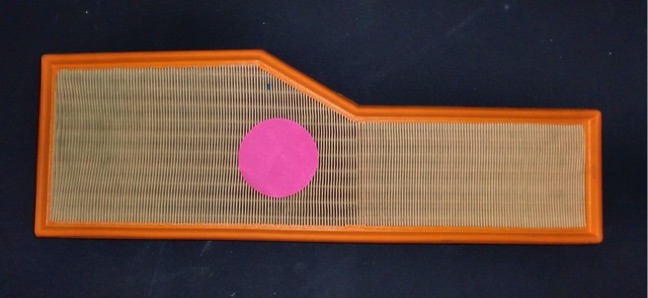
Engine Oil Filter:
During the engine’s normal operation tiny bits of metal and other materials are washed out by the oil and then trapped by the oil filter. These particles, if left unfiltered could eventually cause damage to the cylinder walls, and many other internal parts that need clean oil for lubrication.
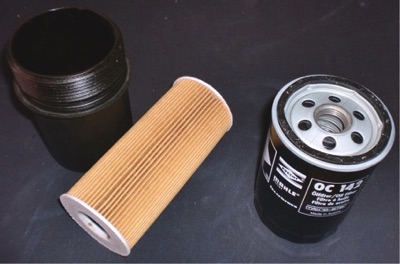
The older cars use the metal spin-on filter, while the newer ones have the plastic reusable canister with a disposable, single-use, paper oil filter insert, but they both do exactly the same job: stop debris.
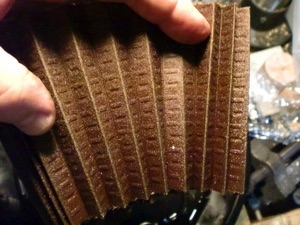
It is recommended that every time you change your oil filter you cut it open and carefully inspect it for foreign material, especially metal.
This is a window into the engine allowing us to see what’s going on inside it and if any measures need to be taken before damage occurs.
Cabin [pollen] Filter:
As it’s name implies, this filter scrubs the air coming into the car’s cabin. On a hardtop coupe I think it’s a great idea, especially if you are an allergic person and it’s spring time..... but on a convertible?
Most pollen filters are impregnated with active carbon particles to eliminate odors.
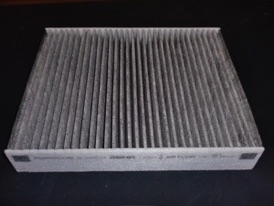
Fuel Filter:
On pre-2001 Porsches you can find an external fuel filter, generally in the tunnel where the fuel lines run from the tank to the engine.
These filters are in-line type and have a limited life so they require replacing. Obviously, you need to keep the fuel very clean since you don’t know what’s inside the gas pump’s underground tanks.
On newer Porsches, the fuel filter is integrated into the fuel pump and is submerged in gasoline inside the tank. These are self-cleaning and require no regular service.
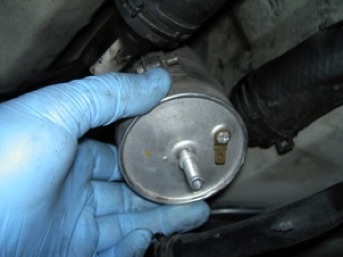
Automatic [Tiptronic] Transmission Filter:
This filter is located inside the transmission’s oil pan and needs to be replaced when doing the recommended transmission service schedule. It gets incredibly dirty and clogged at the end of it’s life and the transmission shifts much better after replacing.
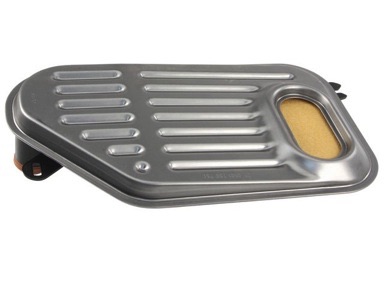
As you have seen, each one of your car’s filter is of vital importance. Each one has a service life and should be replaced when scheduled or before, if your car is driven in very dusty conditions.
Sometimes, even replacing them is a dirty job.
For more information on filters and more, please visit my website:
www PedrosGarage.com.
Happy Porsche’ing,
Ⓒ2016 Technolab / PedrosGarage.com

